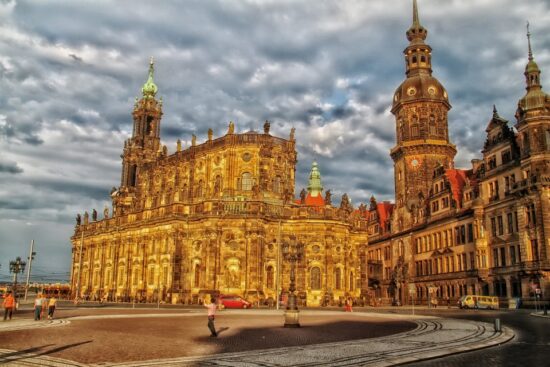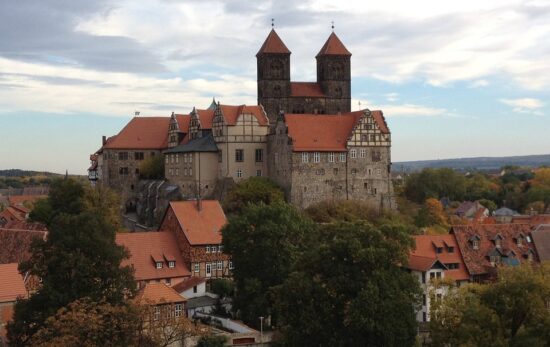Take a day trip to a neighboring city
Take a day trip to a neighboring city..sure… But where? The choices at your disposal are abundant. Without much of a prelude, you can take advantage of Berlin’s rail interconnections or bus routes to put another pin on your map, which is the coolest thing to do on any given journey. Where to go then? We’ll leave that to you …


… but we do have our favorites.
- Dresden would be the obvious first choice for many reasons. First of all, this city is one of the most amazing examples of reconstruction and human ingenuity in history. Dresden, especially its historic center was almost completely obliterated in WW2. What followed is a feat of architectural restoration that brought back many of the elements that made the capital of Saxony beautiful. The Altstadt was and most importantly still is a jewel of baroque and rococo architecture. A day and night will be well spent, you will not get tired of walking around, museums are way more than can fit in one day (if you have time you should go for the Grünes Gewölbe), the cathedral of the Frauenkirche is a feast for the eyes. Dresden’s Royal Palace is stunning, the baroque palace of the Zwinger and its garden a marvel.
- Leipzig would be the obvious first choice number two. Yes. This is not a city anyone is entitled to delegate as a second choice. It’s way cooler than that. Will you be able to see everything in one day? Of course not. Will you see enough? You could. The Monument to the Battle of the Nationsthe site where the unified armed forces of Russia, Prussia, Austria, and Sweden prevailed in a decisive victory over Napoleon is worth a look. A boat tour can be a smart way to see many things in the city in the most relaxing way possible. At Plagwitz, west of the center you’ll find the Baumwollespinnerei, a former textile factory turned into an art space. Lots of restaurants can offer more than just a lunch or dinner. Especially Auerbachs Keller Restaurant. Famous by Goethe’s Faust, Leipzig’s second oldest restaurant will make you feel like you stepped back in time and the food is equally thrilling. On the first floor, the Mephisto Bar and one floor below the historic wine taverns complete the puzzle.
- Rostock, the historic port of the Hanseatic League, one of the epicenters of the Baltic trade that knew its heyday in the Middle Ages still retains much of its old world vestige and its timeless seafaring charm. The New Market Square, Kropeliner Strasse,
Alter Strom canal and Marienkirche are only some of the main attractions you need to take notice of. The massive Rostock Zoo, the endless beach, and Gothic architecture complete the picture for a day trip that will remain with you as one of the best things you added to your trip to Berlin. - Quedlinburg should be your choice if you’re looking for a small town with picturesque small streets, steeped in history and filled with ancient, medieval, and modern historical and artistic treasures. So much so that unlike for example Aachen, where Charlemagne built his capital of the Franks, Quedlinburg is considered to be one of the birthplaces of the German Nation as a whole. For it was here in 919 A.D. that a Diet of noble dukes elected a German King, the Saxon Duke Heinrich, monarch of Germany, rather than merely a ruler of a local domain such as Bavaria or Brandenburg. UNESCO World Heritage Site of Quedlinburg castle is a prime example of Romanesque architecture which towers above some 1300 half-timbered houses in mostly restored conditions, covering eight centuries. A museum chronicles the development of half-timbered construction. Particularly notable is the fact that these houses are restored using original building materials, unlike a lot of other recovered “Halbfach” buildings Germany-wide which are only superficially “re-cycled.”(www.howtogermany.com).



